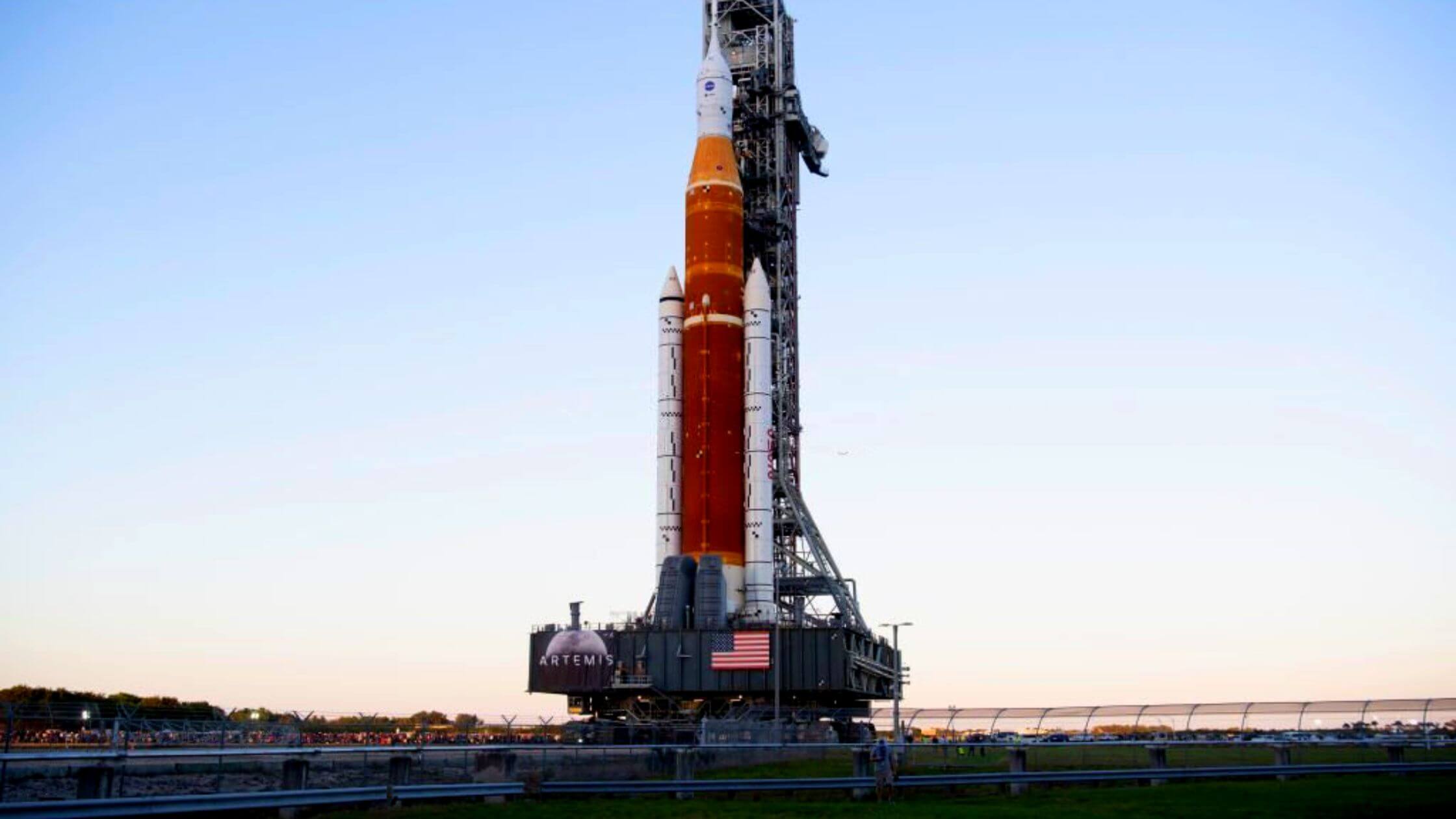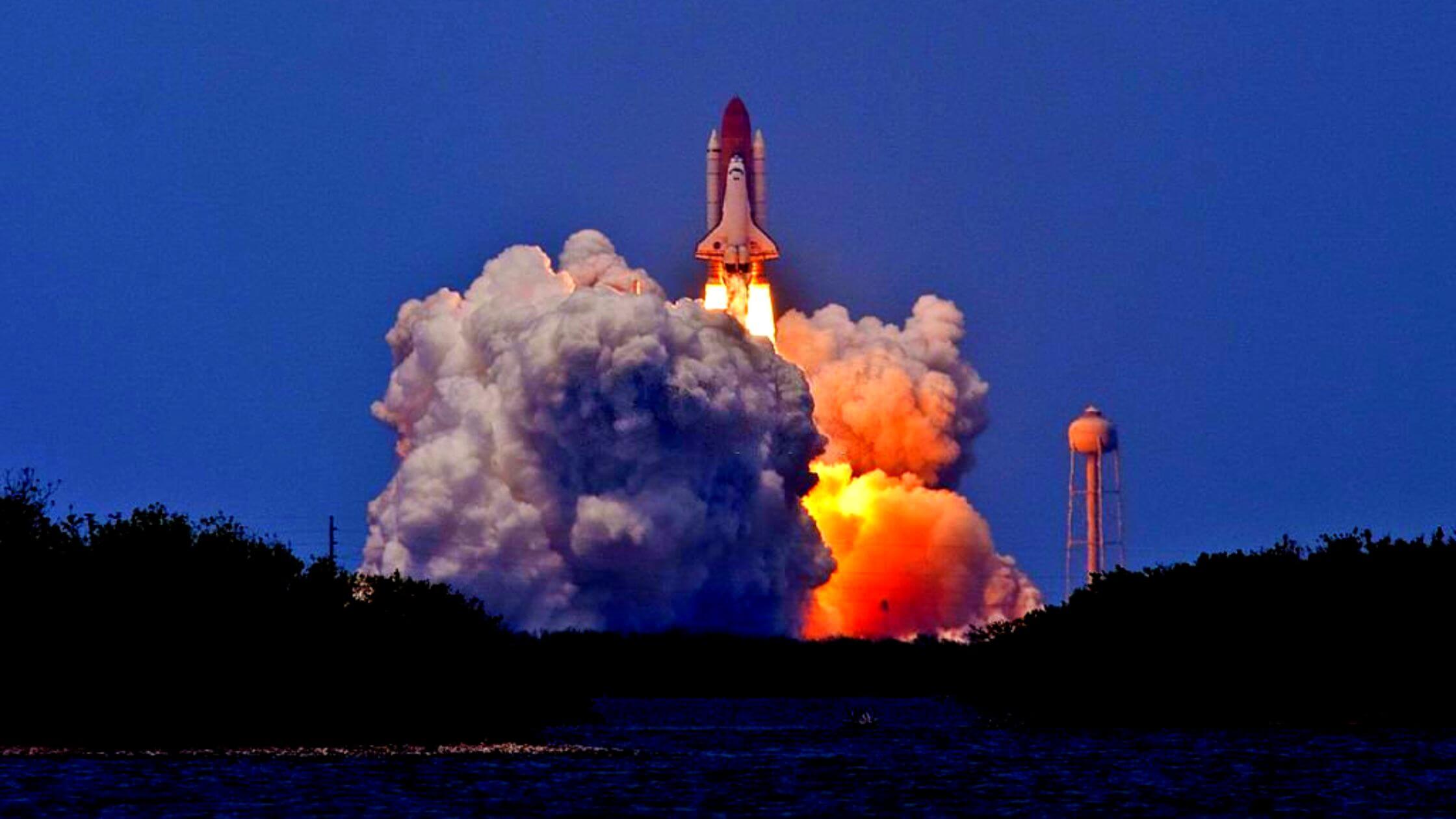News
Fuel Leak Is Fixed Before Takeoff On A Historic Lunar Expedition

The focus of Tuesday’s news coverage on every channel has been NASA’s groundbreaking moon rocket. The likelihood of a successful launch on a flight that must go smoothly as the astronauts board is generating excitement among people worldwide.
Previously, the Artemis 1 was prepared to attempt to take off after the US space agency announced it had discovered and resolved an engine problem that had forced the cancellation of the initial launch attempt five days earlier.
Although the team is still working through some issues in the run-up to launch, the historic Artemis I mission may finally take off this week.
At Florida’s Kennedy Space Center on Tuesday afternoon, the NASA mission crew started refueling the rocket in preparation for another launch attempt.
After weeks of facing different technical issues and setbacks, including the rocket withstanding a Category 1 hurricane, this launch attempt is now underway.
The fuelling process seemed to run for hours without a hitch, and the countdown reached a later point than it had for the previous two launches.
Red Crew Called To Save The Launch
Then, at about 9:30 p.m. ET, an alarm call notified of intermittent leakage was made. These leaks started to appear and eventually caused NASA authorities to suspend the launch procedure once more since they were occasionally above the level they had anticipated observing.

The fuelling of the affected tanks had to stop due to those leaks, and NASA sent in a “red crew.” Red Crew is a team of workers that have received specific training to perform repairs while the rocket is filled with fuel.
To prevent the leak, they strengthened some nuts and sockets. According to Nail, the source said maintenance was completed shortly before 11 p.m. ET, and fuelling operations resumed.
Then, according to Nail, one of the Eastern Range’s radars reported that it had failed. The Eastern Range is a military department that assists NASA by giving weather forecasts and monitoring data after launch.
A defective ethernet switch that was the source of the issue required more than an hour to replace, and testing on the solution is still ongoing.
Public Viewing Of The Launch Of Artemis
It was just as exciting to watch Artemis take off as it was to witness the legendary Appolo 11 flight. Those interested in the public can watch the mission live on NASA’s website.
Those close to the launch location can see the rocket take off live by gazing upward from a variety of public beaches and viewing areas.
The launch attempt began a few days after Hurricane Nicole plowed through Florida. The launchpad region experienced gusts of up to 100 miles per hour.
The space agency claimed that by the time it became clear that the storm would eventually become a threat, it was too late to bring the rocket back inside.
One of the numerous potential reasons why a rocket launch could be hazardous is a meteorological phenomenon.
When a rocket is launched, it is one of the most uncertain aspects. Due to static storms, low clouds, precipitation, strong winds, or other meteorological anomalies that breach the guidelines, Cape Canaveral frequently has flights that are grounded.
The experimental expedition of Artemis 1, which consists of a next-generation, six-person Orion spacecraft aboard SLS, the most effective rocket ever to leave Earth, will be the first sentient lunar journey by Nasa in 50 years to launch inside a two-hour timeframe.
Since Apollo 17’s mission in December 1972, just 12 men, all Americans, have set foot on the moon.
The Artemis initiative, which bears the name of Apollo’s mythological twin sister, would reportedly contain the first lunar impressions of a woman and a person of color, according to a promise made by NASA.
